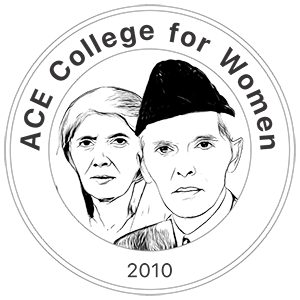Black Soldier Fly Larvae Composited Organic Materials Improve Growth of Oil Palm Seedlings
| Received 19 Mar, 2025 |
Accepted 03 Jul, 2025 |
Published 30 Sep, 2025 |
Background and Objective: A huge amount of organic waste is generated in agricultural operations, and the black soldier fly provides an opportunity for such waste to be converted into biofertilizers for raising oil palm seedlings. A nursery experiment was therefore conducted at the main station of the Nigerian Institute for Oil Palm Research (NIFOR) to evaluate the performance of a single application of black soldier fly larvae generated bio fertilizer or its combination with an inorganic fertilizer on oil palm seedlings height, stem girth, number of leaves and leaf area. Materials and Methods: To achieve the above objective, a factorial experiment was set up and laid out in a Randomized Complete Block Design (RCBD) and consisted of 6 levels (0, 50, 100, 150, 200 and 250 g) of black fly composited bio fertilizer synthesized from different organic sources which included poultry droppings. Cassava tubers, corn cobs, and palm oil mill effluent (POME), and 2 levels (0 and 42 g) of an inorganic fertilizer, namely NPKMgZnB 5:15:26:5:0.3:0.1, were used to grow oil palm seedlings for 9 months. The collected data were analyzed using One-way Analysis of Variance (ANOVA), while significant means were separated using Duncan’s Multiple Range Test at a 5% level of probability. Results: Pre-treatment analysis showed that the soil was a sandy loam with high acidic content, low nutrient contents, particularly nitrogen, potassium, and organic carbon. Single application of the bio fertilizer at 250 g/palm produced more leaves (14.33) and the tallest palms with a height of 77.17 cm. Conclusion: The study concludes that the black soldier fly larvae-generated bio fertilizer can be used to raise oil palm seedlings to transplantable heights without the addition of an inorganic fertilizer.
How to Cite this paper?
APA-7 Style
Osayande,
P.E., Ogbebor,
C.O., Adeoye,
O.O., Osayande,
H.O., Adaigbe,
V.C. (2025). Black Soldier Fly Larvae Composited Organic Materials Improve Growth of Oil Palm Seedlings. Trends in Agricultural Sciences, 4(3), 262-268. https://doi.org/10.17311/tas.2025.262.268
ACS Style
Osayande,
P.E.; Ogbebor,
C.O.; Adeoye,
O.O.; Osayande,
H.O.; Adaigbe,
V.C. Black Soldier Fly Larvae Composited Organic Materials Improve Growth of Oil Palm Seedlings. Trends Agric. Sci 2025, 4, 262-268. https://doi.org/10.17311/tas.2025.262.268
AMA Style
Osayande
PE, Ogbebor
CO, Adeoye
OO, Osayande
HO, Adaigbe
VC. Black Soldier Fly Larvae Composited Organic Materials Improve Growth of Oil Palm Seedlings. Trends in Agricultural Sciences. 2025; 4(3): 262-268. https://doi.org/10.17311/tas.2025.262.268
Chicago/Turabian Style
Osayande, Pullen, Efosa, Charlee Omo Ogbebor, Oluwatosin, Oyindamola Adeoye, Harriet Osarugue Osayande, and Victor Chucks Adaigbe.
2025. "Black Soldier Fly Larvae Composited Organic Materials Improve Growth of Oil Palm Seedlings" Trends in Agricultural Sciences 4, no. 3: 262-268. https://doi.org/10.17311/tas.2025.262.268

This work is licensed under a Creative Commons Attribution 4.0 International License.




